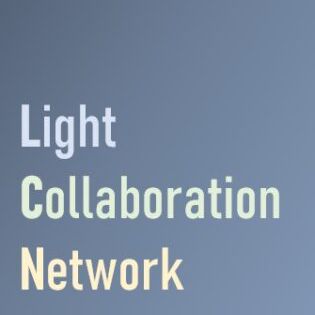The new Light Collaboration Network functions as an network to spread light, an umbrella for dedicated and enthusiastic scientists and all those who take an active role in sharing and applying new light-related knowledge across disciplinary boundaries.
We have written a column Ett nätverk för att sprida ljus (A Network to Spread Light) in the magazine “Ljuskultur, No 1, 2021”.
For Research and Education
The Light Collaboration Network is a newly started lighting research network. The project has arisen out of a common desire to improve the possibilities for communication, educational exchange, research collaboration and dissemination of knowledge to a wider audience.
In this first of our recurring columns in Ljuskultur, we as the founders of the network invite all who want to join us to make contact.
Light is vital, complex and challenging, and light research is multidisciplinary. The rotation of the earth around its axis creates day and night and over millions of years has almost all the life on earth developed an evolutionary response over millions of years.
In the middle of the 19th century, the kerosene lamp was developed, and shortly thereafter came the light bulb. It served for over a hundred years, until it began to be phased out just over ten years ago. Now the world is completely bathed in LED lights. The knowledge of how light affects people and the environment is constantly evolving as new discoveries are made.
We, the initiators of the network, are active at four universities of Sweden, from north to south:
- Umeå University – where basic research is underway on how day length (photoperiod), twilight and natural light impact on human physiology and behaviour
- KTH – where lighting design is applied in research on indoor and outdoor environments, integrating the art and science of light in architectural spaces. The focus is on perception, well-being and sustainability
- Jönköping University of Technology – here research focuses on utilising, verifying and evaluating lighting in the built environment in order to increase social and technological values such as well-being and sustainability development
- Lund University – where research is conducted on, inter alia, visual ergonomics (which include flicker and glare) light environment and daylight
There are plenty of other fields of research that would be able to expand the network – the impact of light on nature, biology and diversity, light pollution, light, energy and sustainable economics, applications in medicine, future lighting technologies for outdoors and indoors, light together with art and perception, and more.
The network will initially arrange lighting researcher meetings, and in May 2021 a first symposium is planned when the network is presented and current topics in light research is addressed. We gratefully accept suggestions for topics.

